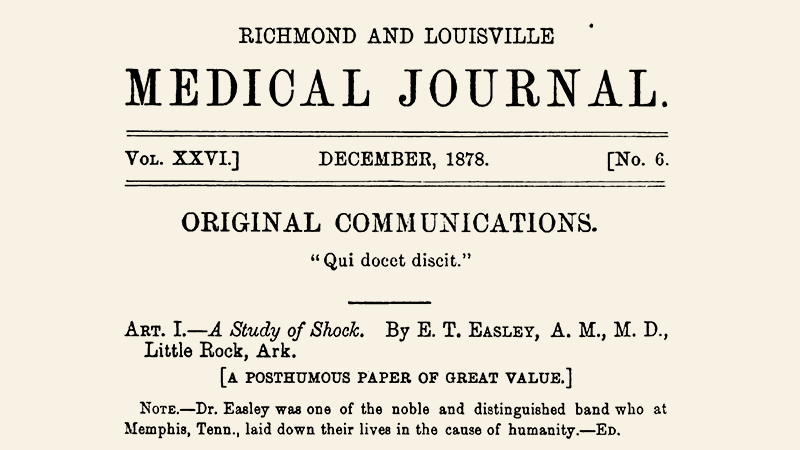A traditional Buddhist teaching divides all worldly desires into three categories: the desire to please the senses, the desire to become, and the desire to not exist. We are all familiar with the desire to please the senses. The multibillion-dollar advertising industry thrives on this desire. As surgeons, we have a significant desire to “become,” to get where we are: first a doctor, then surgeon, perhaps further to be a surgical specialist or leader, as well as a spouse, parent, or any number of other roles we play in our communities. This urge motivates us to do the arduous work necessary to succeed in these various roles.
While talked about the least, we can all recognize the desire for annihilation, too. Those days when we just want to curl up in bed and pull the covers over our head or let our mind go blank in front of the TV and pretend life isn’t waiting for us on the other side. “Stop the world; I want to get off,” is a fleeting desire for most of us at some point. At unhealthier levels, occurring more frequently in combination with other factors, the desire for annihilation can manifest as addiction to alcohol, gambling, narcotics, and so on. At its unhealthiest, it can turn into self-harm and suicide.
When my friend and colleague died by suicide last year, it motivated me to dig deeply into the scientific literature on suicide. This was partly the habitual surgeon-leader response to convert tragedy into concrete action—to learn what steps I could take to prevent this happening again and teach others as well.
It was also partly to resolve my own confusion and channel my grief—an attempt to understand what could push someone so talented, intelligent, and kind to take that terrible last step. In the aftermath of suicide, those of us left behind oscillate between grief and anger. Understanding why someone who was well-loved could make this decision is beyond the scope of most of us, and we search for answers in different ways.
Dig Deeper for Real Causes
Through my research, I learned that most of us carry biases and assumptions about who is at risk for suicide and why. In the weeks after my friend’s suicide, I heard speculation about introversion versus extroversion, being single versus married, living far from family, working too hard or for too long, burnout, the pandemic, and a whole host of variables that are probably tangentially related; yet none of these factors had compelling evidence to suggest a causal link.
Conversely, the most well-established risk factors in the psychiatric literature—with the best evidence to support causality—were rarely mentioned: substance abuse, major depression, and prior suicide attempts. If we hope to identify who among our friends, family, and colleagues are at risk of suicide and help them before it is too late, we need to turn our attention away from the superficial and dig deeper for signs of depression, substance abuse, and suicidal ideation. Making active efforts to look for hints of these is sometimes uncomfortable, though it is likely the most important thing we can do. Obviously, a healthy, supportive work and home environment are important, and finding ways to reduce the real stress of the pandemic and other life struggles that affect many surgeons are worthy of our efforts; however, it would behoove us to not lose sight of the biggest identified risk factors amid the many other topics.
Gone in a Flash
I was surprised to learn that suicide is an impulsive act. The common belief that someone who wants to commit suicide will find a way to do it—that it is the culmination of a longstanding desire, carefully planned and executed—is completely wrong. While struggles with substance abuse and depression can be longstanding, the actual impulse to commit suicide usually lasts less than 20 minutes and can be as short as 5 minutes.
Impulsivity is a particular hallmark of suicide attempts in children and young adults; however, it remains a characteristic across the age and gender spectrum. Having a firearm in the house, living or working in a high-rise building, and access to lethal medication, are major risk factors for completed suicide for this reason. If access to these and other tools are unavailable during that fleeting period, the person’s life might be saved. Conversely, ensuring that someone who is at risk does not have easy access to lethal means during their brief period of heightened risk can buy enough time to get help and treat the underlying psychiatric illnesses that have brought them to this point.
Get Educated
Surgeons, like other physicians, are at greater risk for suicide than the general population. It would be wise for each of us to spend some time becoming a little more familiar with the topic, if only so we recognize the signs and reach out a little sooner. The American Psychiatric Association has valuable resources to explore this topic further at psychiatry.org/patients-families/suicide-prevention.
If you, or someone you care about is contemplating suicide right now, contact the National Suicide Hotline at 988.










